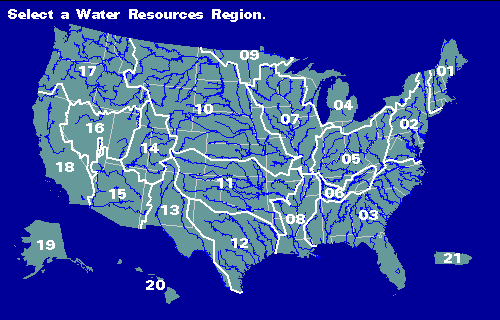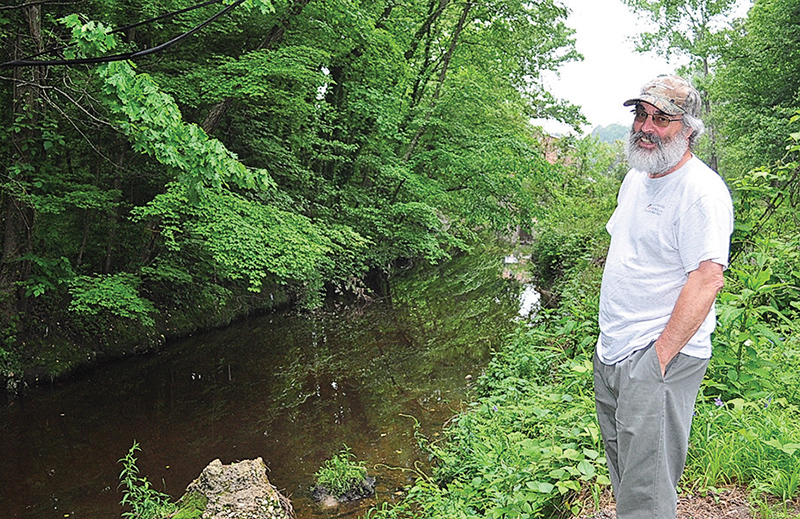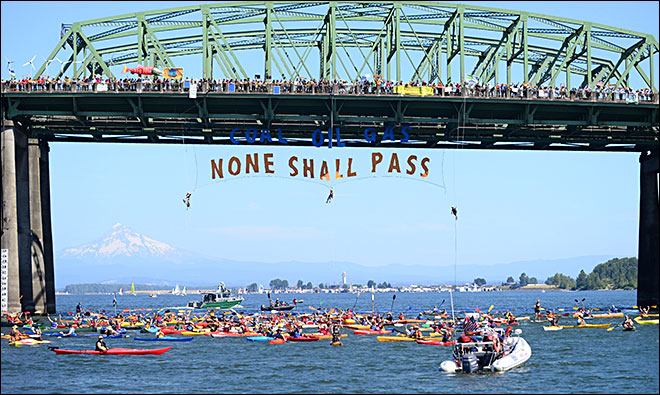Summer reading is one of the worst things in all of education. I am sure this is a view shared by many people worldwide. Most college students would agree that summer is a time for fun and relaxation, rather than work and development. Despite this, class every single one us in this class happily turned in our summer reading essays without delay. Something is different about the people in the class that sets us apart from the rest. Before even starting the school year, we all read the same two novels. The first was Forest Under Story, a collection of reflection essays on the HJ Andrews experimental forest. Next was Portlandness, which was more of an atlas which contained countless maps of the city itself. These two novels set the stage for a semester of exploration and discussion, all without us even sharing our thoughts with others. I think it was important that we did not have discussions about these novels with our peers. This was a time for personal reflection and expression. Before learning about watersheds and environmental issues, we had to first learn where we personally stood on them. Subconsciously we all were eager to read the novels because we were in the process of discovering more about ourselves. Without knowing it, we were recognizing where our knowledge and values existed before we did anything with the rest of the class. This was an essential part of the course, because it started our leaning process before the class even started.
Jumping in headfirst, we started the semester off with a delightful trip to Portland. We experienced a wide range of places, including anything from urban centers and hydroelectric dams to remote wilderness forests. Long term research facilities in the HJ Andrews were the first thing on our agenda. Here we learned the importance of knowing about one’s environment in order to better understand it. We drove around mountain passes and even went white water rafting. Much of our time however was spent in the city. Although in the same region, this was a much different landscape then the HJ Andrews. In the city there was almost to much to take in and things were constantly happening all around us. Our little yellow journals were filled to the brim with notes of all the new and great things around us. Some of us in the group were like Mckenzie, who wondered what the impact of a major urban center would have on the watershed. But at the time our knowledge was slim, and most of what we understood about watersheds came only from observations. We did however have the seed in our minds to want to learn more about the true impacts, and this trip was a great set up to the formal semester.
Reading other people’s blogs I was reminded on how we started the formal semester with basics of watershed hydrology and geographic nomenclature. At the start of the lectures we were all curious about what we saw in Portland. Countless questions filled our minds about watersheds and how the experiences Oregon connected with our local watershed. We first learned the importance of the US Geological Survey’s Hydrologic Unit codes and how water flows through a watershed. New terms like “Place” and “Region” were formally defined for us. At the time, I wondered why we were learning such ideas. Forsyth’s Place Blindness model seemed esoteric and pointless in the context of the real world. It was not till the end of the semester where I was able to look back and reflect. At the start of the semester we formed ideas about what the environment means to us, at this point we were learning about what the environment should be. All we really had at this point in time was knowledge. Up next on the agenda was looking outward to seeing what really can be done.
After learning in the classroom, we shifted focus to real life case studies. The Dutch Gap was the first instance where we were able to use our new found knowledge and use that to better understand the real world. We saw the Dominion Power Plant which stored toxic coal ash in flooded ponds right next to the James, as well as their legal outflow points which can actually boil the water in the James. Our kayak instructors told us all about this, and it was them who opened our eyes to the connectivity of the entire world. Non point source pollution was somehow made visible, and all of the concepts we learned in class came to life. Our eyes were lighting up because we were able to apply the formal concepts learned in the class room to the real world to make sense of it all. After this, we learned about the Reedy Creek restoration where the conflict was alive. Here we had the pleasure of meeting with Bill Shanabruch, who’s intense passion seemed to rub off onto us. After informing us of the facts, Jack and many others of our group were “frustrated” with how Richmond City was dealing with things. The knowledge implanted in us was telling us what was right and wrong, and although we had no real power over the outcome we had a pretty good idea of the correct choice. Here we were able to finally able to use the knowledge gained, and see what was happening in the real world in an enlightened manner.
After taking this class I think all 13 of us have grown. Many people take classes for the credit. You simply dot it for the grade and forget it, then move on to the next thing. But I personally think it is different for those of us lucky enough to be in this class. As outlined in this essay, the lessons taught in the class facilitated this process. Everything was planned out and everything thing we did had a purpose. This carefully constructed format of a living learning community allowed us to develop easily. We all have grown, in knowledge and personality through what Quinn describes as this “close-knit community” formed through the class. We have grown to know more about our local ecosystem. We have grown the understand how natural hydrological processes work. We have grown understand different models and GIS software . But knowledge by itself is useless. What matters is that we have all grown on a personal level. The foundation started at that first summer reading, that was built upon with every trip and activity has come together to mean something. I truly believe that we have all grown to love the James River, and in the future I hope we can use what we learned this semester and combine it with the love to make great changes happen.




